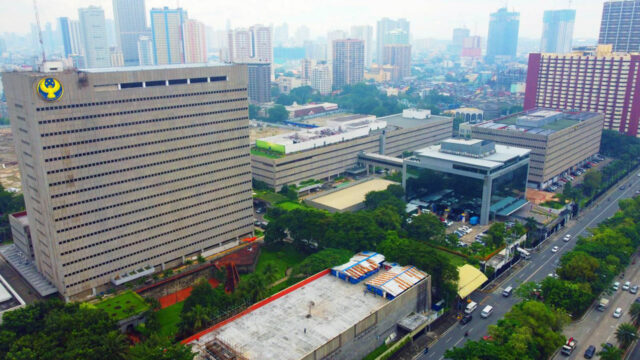ZMG Ward Howell: 45 years as a champion of Filipino talent
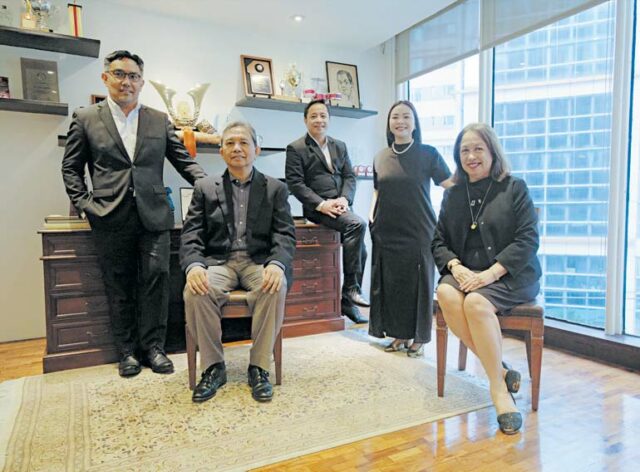
More than the service or product it provides, the core of a company is its people, embodied in the value they bring to the community and the vision they strive to cultivate. Even as time changes every part of a business, that fundamental core determines a company’s success.
This is the principle that ZMG Ward Howell and the other member companies of the ZMG Group are founded on.
In 1979, Jesus M. Zulueta Jr. established ZMG Ward Howell as a management consulting firm, initially operating as the Philippines practice of the Australian firm WD Scott. The company began working with prominent Philippine institutions, including Central Bank of the Philippines, Philippine National Bank, Land Bank of the Philippines, and the Government Service Insurance System.
At the time, Mr. Zulueta was approached by Citibank New York for guidance on who to lead the bank’s first retail banking branch in the Philippines. As someone who wanted to champion Filipino talent, believing it to be globally competitive, he took up the challenge, and successfully revectored the business to focus on executive search. ZMG Asia was later incorporated, and served as the precursor to what would later become ZMG Ward Howell.
For over 45 years now, ZMG Ward Howell has been continuing the legacy of its founder and showcasing the best of Filipino talent all over the globe. It continues to be a trusted partner of long-standing local and multinational companies in the Philippines, as well as companies in emerging industries in meeting their human capital requirements.
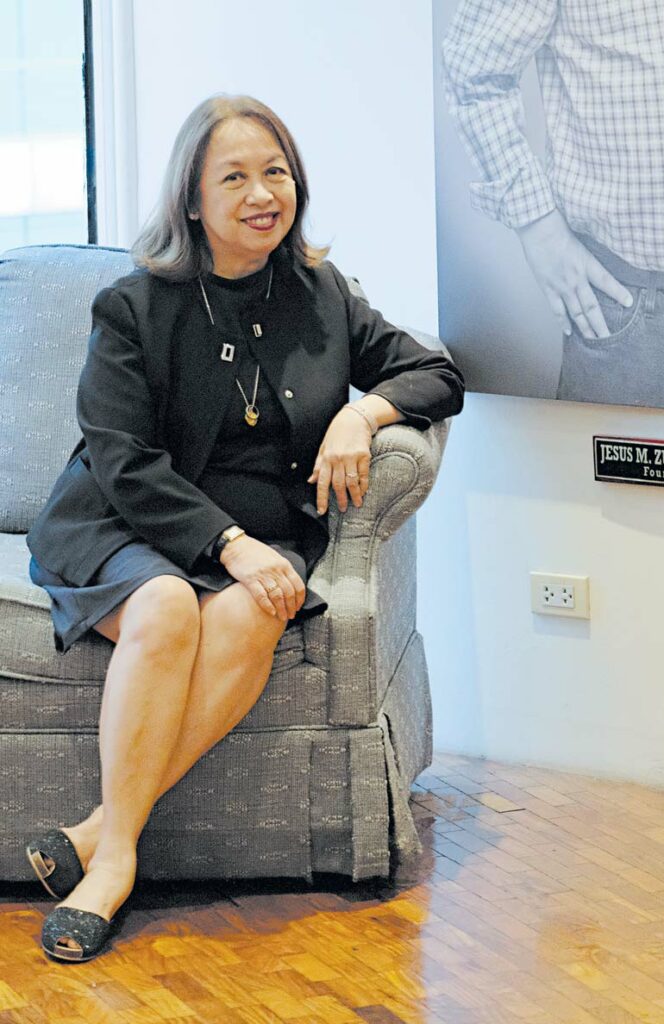
Jeanette B. Zulueta, co-founder and chairman of the ZMG Group, attributes much of the company’s success to this solid foundation: “[Mr. Zulueta] naturally showed everybody his commitment , his way of work and that his intention was unstintingly to elevate the lives of Filipinos and showcase their talents in the workplace. This is the core of our business.”
Future-proofing
What once started as a small company of less than 30 employees, the ZMG Group has now grown to a headcount of 200, with another 1,500 more staff deployed to client sites. The group’s current portfolio spans about 700 clients across the business units, with an average of 1,500 searches closed per year.
One of the companies included in the ZMG Group today is Asia Select, Inc., which delivers executive and contingency search, recruitment process outsourcing, HR consultancy, and learning & development services. Another company, AsiaPeople Search covers mid-level and volume hiring, while Asia PeopleWorks provides outsourced manpower services. Across Southeast Asia, ZMG Ward Howell has a presence in Indonesia and Myanmar. Wynn Ward Howell Myanmar provides learning & development services, while Asia Select Indonesia handles executive and mid-level searches.
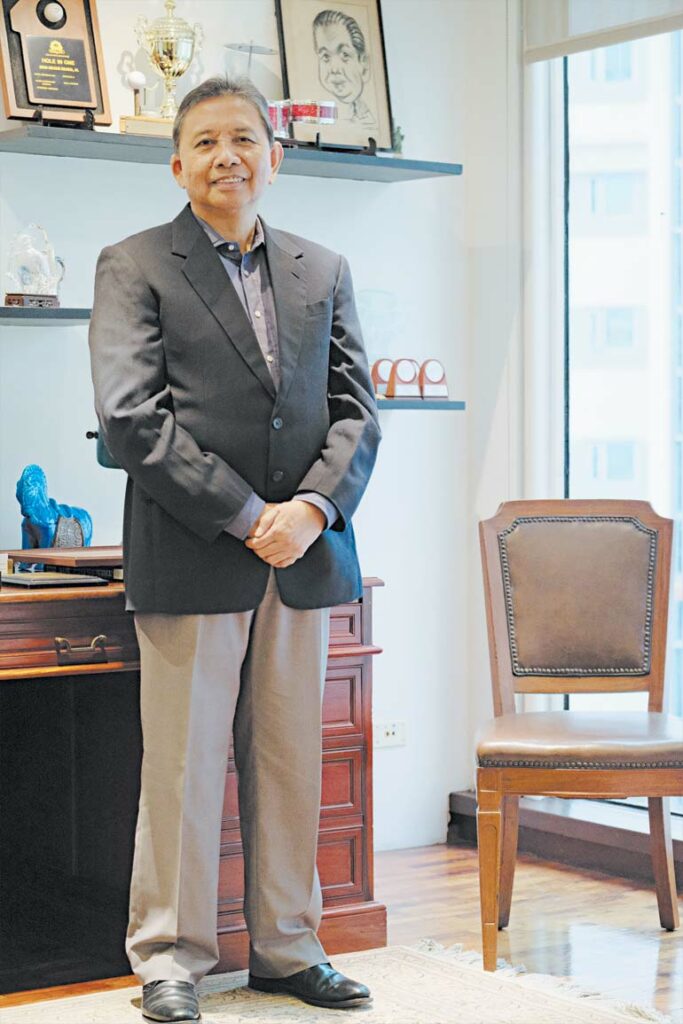
Alexander M. Genil, vice-chairman of the ZMG Group, noted that they have managed to grow a good reputation in the industry both from the strength of the group’s foundational values and from key strategic investments in people and technology.
“We are not very big in terms of traditional marketing investments, but we’re able to grow our business by word of mouth because of the positive experience of our candidates,” he said.
“At the same time, having understood what’s happening in the industries and across businesses, we also invested in people, bringing in added value in terms of new expertise and competencies alongside new technologies.”
One such investment is in its Research and Talent Intelligence (RTI) service that offers innovative research solutions across sectors and geographies. Through a rigorous four-step research process, along with the proprietary techniques to assess the hiring landscape, RTI provides detailed reports on attrition, hiring difficulty, salary analysis, and talent movement, among others—the first of its kind in the Philippine job market.
These insights are designed to support strategic workforce planning and improve recruitment efficiency while allowing companies to proactively adapt to the ever-evolving needs of the market.

“The market has really shifted a lot since the pandemic. It’s a very dynamic talent market right now where a lot of change happens in a very short amount of time,” Gene Gangan, executive director of the ZMG Ward Howell, and head of its IT practice, said.
“So, you need to be responsive to all of those changes. And we need to constantly be able to advise our clients on what’s happening, be it a shift in the compensation or in the behavior of the talent pool. We should be able to provide that advice to our clients so that they can think about how to better respond to those changes.”
Future-proofing is a crucial aspect of the ZMG Group’s business, and the company has launched similar initiatives across its roster to achieve this. For instance, the Group, launched Vincere (ATS CRM), a recruitment platform which helps the company streamline its recruitment workflow, from job postings to candidate management. They also partnered with Darwinbox, a cloud-based HRIS software solution, to create a more efficient and effective HR management system.
Towards a hundred-year legacy
Amid the many shifts in the talent market are the increasingly discerning criteria that qualified candidates have when evaluating companies. Mr. Genil noted that today’s candidates value factors beyond just financial compensation, such as company culture, organizational purpose, leadership style, and flexibility, before deciding to join.
Culture, he stressed, is an integral aspect of a successful organization, and more important than the technological investments that the ZMG Group has made throughout its operation is the value it has placed in understanding the ‘human’ element that both its clients and candidates demand.
“We provide that human factor. We can sense what makes a good fit, we can look at talent in the eye and tell which ones are just playing or buttering us up. To be able to tell whether a person is genuine or authentic. That is the value of the recruiter,” Mr. Genil said, adding that this will hold true no matter how sophisticated technology becomes.

Conversely, the ZMG Group also understands the expectations that new talents have when searching for a company to work for and leaders to follow. One of the things that Hernan Saringan, CFO of the ZMG Group and president & CEO of Asia PeopleWorks, learned about leading a team is to respect and put more trust in their capabilities to achieve results.
“You give them directions and you ask them what to do. Make their jobs easier if you can. And then just wait for them to get results without directly helping them. That’s how they can respect you and follow you as a leader,” he said. Alongside financial considerations, professional opportunities, fairness in administering feedback, all these factors help in cultivating talent loyalty.
“It’s also about having understanding. Empathy. It’s important that you have the emotional intelligence to pick up the needs of your employees, give them support so that they know you are with them as you collectively reach for a goal.”

“You’re trying to have that balance between the needs of the business and your compassion for your people,” Regina Zulueta-Perlas, executive vice-president of the ZMG Group and president & CEO of Asia Select Inc., added.
The vast differences between the distinct generations in the workforce today make this easier said than done, as the needs vary from generation to generation. Younger employees, especially those in their late 20s for instance, have different priorities compared to older generations like their preference for the flexibility of hybrid work set-ups over compensation packages.
Ms. Zulueta-Perlas noted the difficulties that many companies have in managing a multigenerational workforce, saying that different management styles are required for different generations. The culture of an organization, however, always emanates from the top. Harmony and alignment with the leader’s values is crucial for successful adaptation.
“One of the requirements for companies today is that understanding of the nuances of all of these different generations and being able to balance all of those preferences,” Mr. Gangan pointed out. “We at the ZMG Group come from different generations as well. So that puts us in a really good position to be able to help our clients fill those requirements that they have in their organizations.”
“One of the biggest factors as to why we have reached this 45th milestone – and why we are going to reach the next 55 years – is because aside from investing in technology, we are investing in the right people,” Ms. Zulueta-Perlas continued.
“The investment we put into the relationships we have with our clients and candidates… that’s really the best way to future-proof our business.”
ZMG Ward Howell’s brand today reflects the core values championed by Mr. Jesus M. Zulueta Jr. 45 years ago: delivering service excellence, a commitment to continuous learning, and fostering deep, long-lasting relationships with clients and candidates.
Ms. Jeanette B. Zulueta hopes in the next 55 years, the companies under the ZMG Group can strengthen that legacy even further.
 “Thanks to the efforts of my colleagues, we have really moved forward. ZMG Ward Howell now rings a stronger bell in the industry; and there’s a picture of our legacy, of harmony, collaboration and the interest to grow even stronger alongside all our clients and candidates.”
“Thanks to the efforts of my colleagues, we have really moved forward. ZMG Ward Howell now rings a stronger bell in the industry; and there’s a picture of our legacy, of harmony, collaboration and the interest to grow even stronger alongside all our clients and candidates.”

Spotlight is BusinessWorld’s sponsored section that allows advertisers to amplify their brand and connect with BusinessWorld’s audience by publishing their stories on the BusinessWorld Web site. For more information, send an email to online@bworldonline.com.
Join us on Viber at https://bit.ly/3hv6bLA to get more updates and subscribe to BusinessWorld’s titles and get exclusive content through www.bworld-x.com.

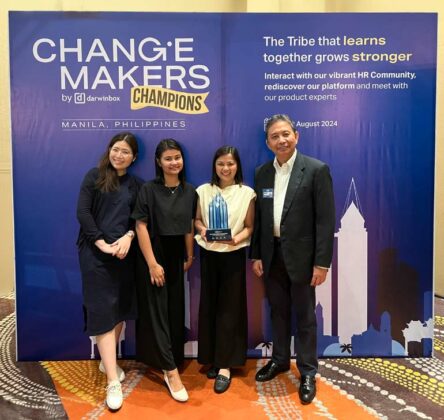




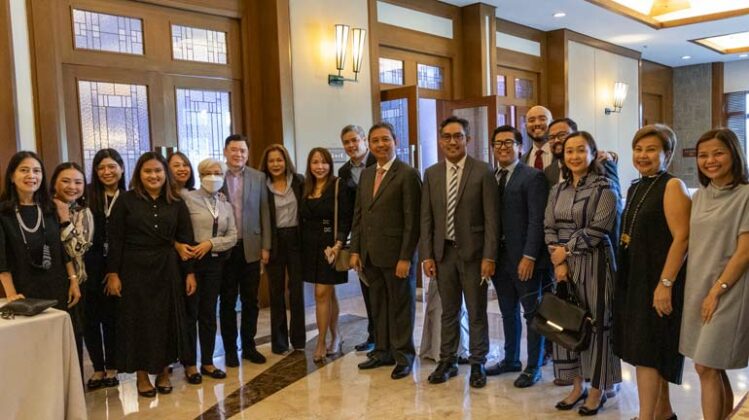



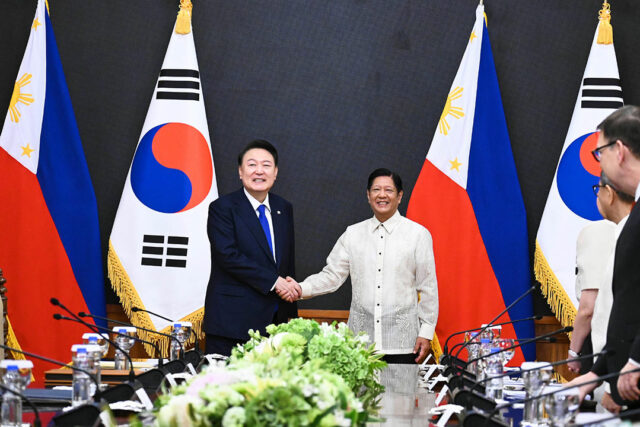

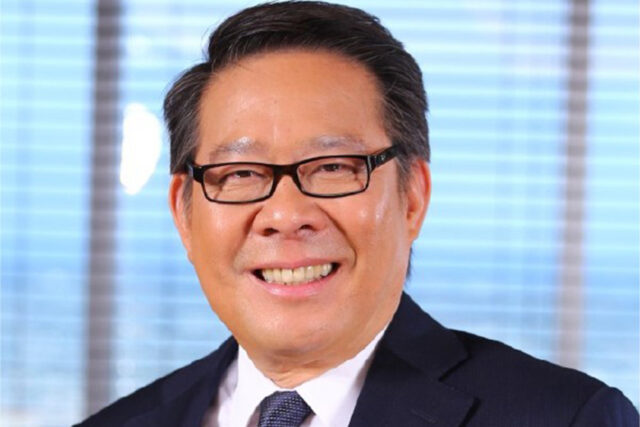
 IN THE DOMAIN of information technology – business process management (IT-BPM), Macario S. Fojas has emerged as a distinguished figure. He co-founded Seven Seven Global Services, Inc., which highlights the ingenuity and dedication of Filipino talent.
IN THE DOMAIN of information technology – business process management (IT-BPM), Macario S. Fojas has emerged as a distinguished figure. He co-founded Seven Seven Global Services, Inc., which highlights the ingenuity and dedication of Filipino talent. 





